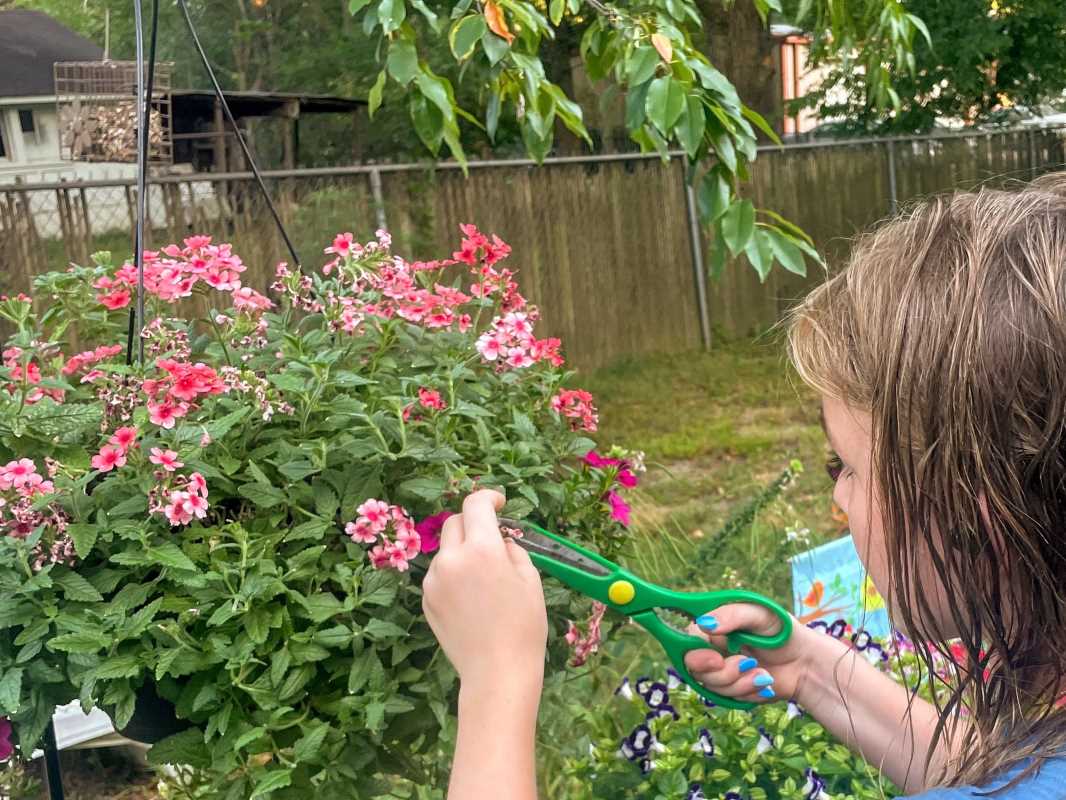Looking for a fun, educational, and screen-free activity to enjoy together as a family? A nature scavenger hunt is the perfect way to get outside, explore your surroundings, and learn about the wonders of the natural world. Plus, it can be done right in your backyard or during a visit to a local park. Whether you’ve got toddlers or teens, this activity is customizable and engaging for all ages.
Grab a notebook or print out a checklist, get a bag for any treasures, and prepare to sharpen your senses for this ultimate nature adventure!
Why Nature Scavenger Hunts Are Amazing
Nature scavenger hunts offer so many benefits for kids and parents alike:
- Encourage Outdoor Play: Fresh air, movement, and sunshine help keep everyone energized and healthy.
- Build Observation Skills: Searching for items teaches kids to notice details they might overlook, like the textures of leaves or the shapes of clouds.
- Foster Curiosity About Nature: By looking more closely at their environment, kids learn how ecosystems work and appreciate their surroundings.
- Promote Bonding: Working as a team, discussing discoveries, and sharing excitement strengthens family relationships.
- Boost Creativity: From spotting “alphabet sticks” to arranging found objects into art projects, scavenger hunts spark imaginative thinking.
Now, it’s time to jump into the activity!
10 Items to Find on Your Scavenger Hunt
Here’s a premade scavenger hunt list, complete with descriptions, clues, and educational tidbits to keep things exciting and informative.
1. A Unique Leaf
Clue: Find a leaf with an interesting shape or color. Is it large and textured? Small and smooth? Bonus points if it’s not green!
Educational Tip: Discuss how trees use leaves to turn sunlight into food through photosynthesis. Can your kids guess which tree the leaf came from?
2. A Smooth Rock
Clue: Search for a rock that feels silky under your fingers. Smooth rocks often hide by water or in dirt patches.
Educational Tip: Rocks become smooth over time as wind or water erodes their rough edges. Ask your kids to think about how old the rock might be or if it came from somewhere far away.
3. A Feather
Clue: Look for a bird feather on the ground. It could be hiding near trees or in tall grass. Young explorers should be careful not to touch it unless absolutely sure it’s clean.
Educational Tip: Feathers help birds fly, stay warm, and even keep dry. Ask your child to guess which type of bird might have dropped it by observing its size and color.
4. A Flower
Clue: Find a flower with bright colors or an interesting scent. Wildflowers often grow in unexpected places, so make sure to check both sunny and shady spots. Leave the flower in place if it’s still growing—snap a picture instead!
Educational Tip: Flowers play a critical role in pollination. Chat about how bees, butterflies, and even wind carry pollen to help plants reproduce.
5. An Ant or Small Bug
Clue: Search for something tiny that crawls. Ants love to march along sidewalks or climb tree trunks.
Educational Tip: Bugs might seem small, but they play big roles in nature, like recycling nutrients or pollinating plants. For example, ants live in colonies where each has a job, just like a human family!
6. A Piece of Bark
Clue: Look for a strip of bark that’s broken off a tree. Is it rough or smooth? Thick or thin?
Educational Tip: Trees cover themselves with bark to protect their insides from pests, fire, and bad weather. You can even match the bark to nearby trees to figure out where it came from.
7. A Pinecone or Seed Pod
Clue: You might find these treasures under tall trees like pines or oaks. Look near roots or in piles of leaves.
Educational Tip: Explain how trees spread their seeds using pinecones or pods. Does the shape of the seed pod or cone make it easier to travel by wind or water?
8. A Blade of Grass Taller Than Your Finger
Clue: Hunt for the tallest blade of grass you can find. Take a moment to really feel its texture—does it feel sharp or soft?
Educational Tip: Grass may seem simple, but it’s crucial for ecosystems. Grasslands feed animals like rabbits, deer, and cows while preventing erosion.
9. Something That Smells Good in Nature
Clue: Use your nose to find something fragrant—perhaps a wild herb, a flower, or even earthy-smelling soil.
Educational Tip: Ask your kids why they think certain smells are appealing. Explain how some plants use scents to attract pollinators or animals.
10. A Stick Shaped Like a Letter
Clue: Find a stick that looks like part of the alphabet (such as “Y” or “L”) or numbers. Gather more sticks and see if you can shape a whole word!
Educational Tip: Talk about how sticks were once part of a tree. Imagine the tree’s life and how that stick might have fallen.
Ideas for Making the Hunt Extra Special
- Theme It: Focus on one item type, such as leaves or rocks, and try to collect as many different examples as you can.
- Use Technology: Apps like Seek by iNaturalist can help identify plants and animals in real time, turning it into a science-filled discovery mission.
- Nature Photography: Instead of collecting items, arm each explorer with a camera or smartphone to snap pictures of their finds. Compile them into a family nature album.
- Craft Time: Once the hunt ends, use your findings to create art—make a leaf collage, decorate rocks, or turn sticks into “stick people.”
- Add Challenges: Set a timer, create teams, or add trivia questions related to each item to boost the excitement.
Scavenger hunts remind us that nature is full of surprises, small joys, and endless opportunities to bond with our loved ones. When will your next nature adventure begin? Lace up your sneakers, grab your list, and step outside to find out!







